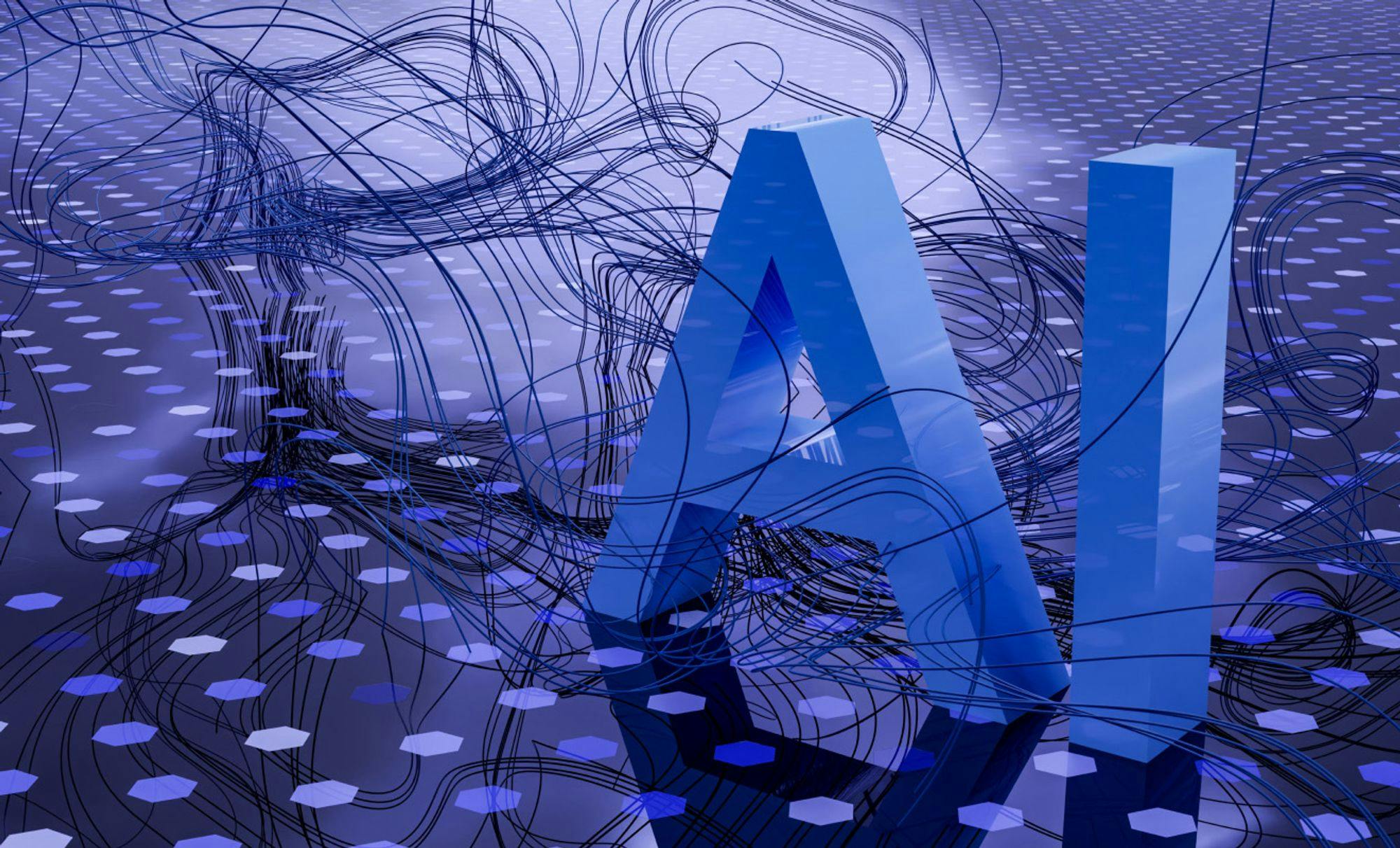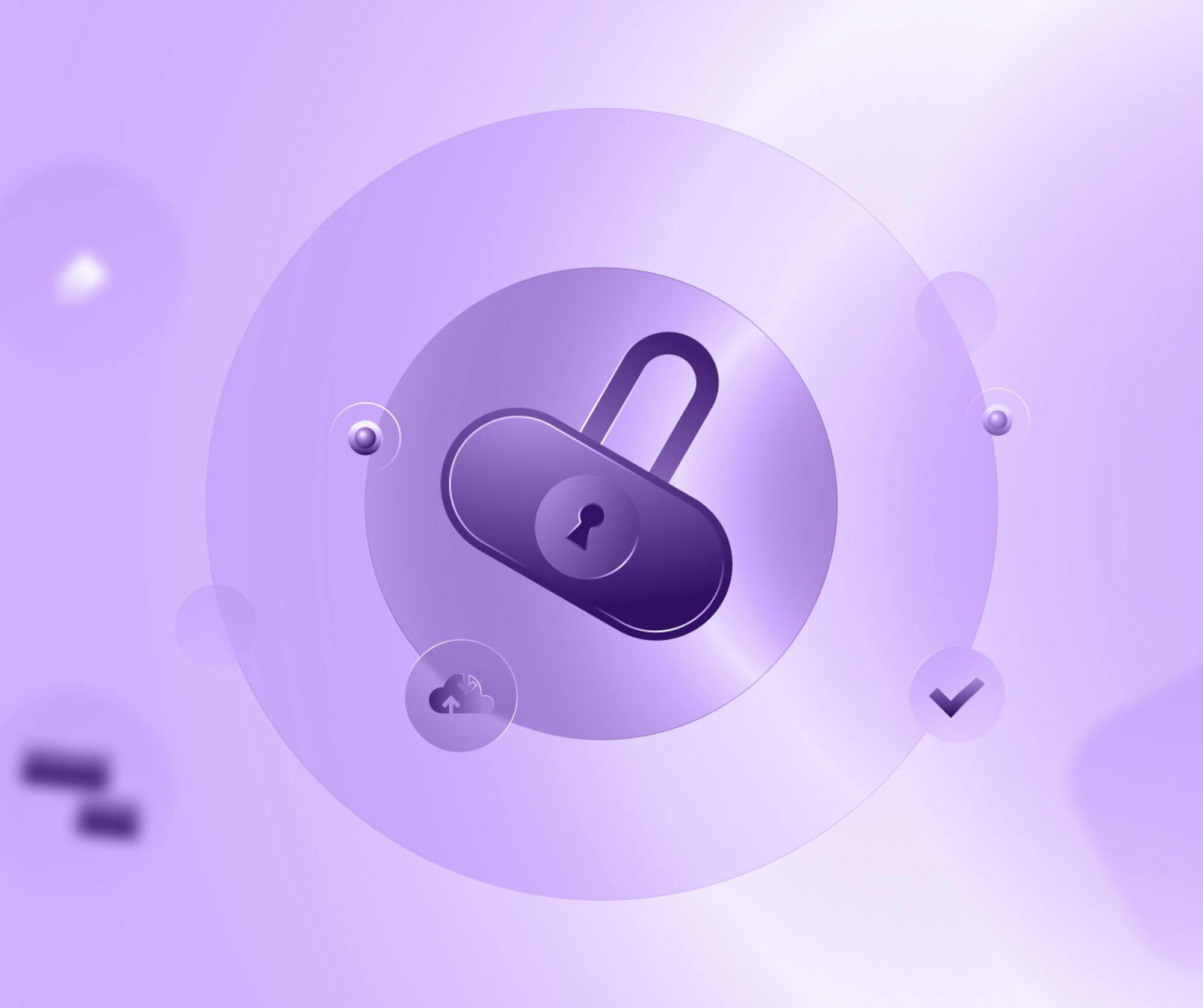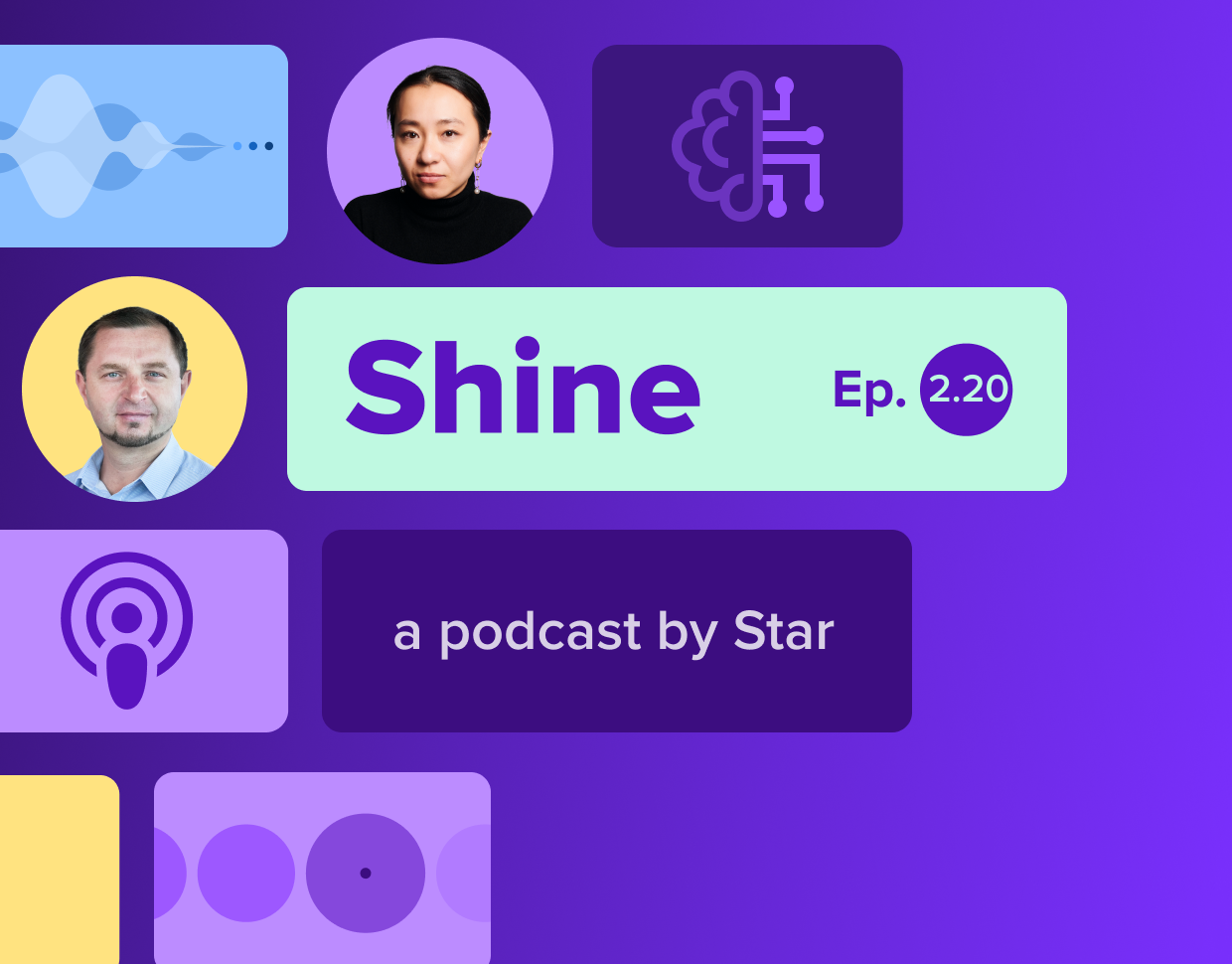In a world marked by technological advancements and the omnipresence of artificial intelligence (AI), the importance of cybersecurity cannot be overstated. As businesses continue to digitize and threats evolve, safeguarding sensitive data has become a critical aspect of any technology-driven enterprise. However, there's a puzzling conundrum – despite the evident risks, why do some companies hesitate to invest in cybersecurity? To shed light on this topic, we sat down with Martin Fix, Technology Director at Star, to explore the present landscape of cybersecurity, its challenges, and pragmatic recommendations for companies seeking to enhance their cybersecurity measures.
Given the importance of cybersecurity, why do you think companies don’t always want to invest in it?
It's a mix of factors. Firstly, many organizations may underestimate the potential risks associated with cyber threats. They might assume that their systems are secure by default or that cybersecurity is an unnecessary expense until a significant breach occurs. Convincing companies that security is not a default assumption but an active, essential measure is a challenge.
Secondly, there is often a perception that investing in cybersecurity is a financial burden rather than a strategic investment. Companies may prioritize other areas of their budget, believing that they can allocate resources more effectively elsewhere. This mindset can lead to a lack of proper funding for cybersecurity initiatives.
Moreover, there may be a lack of understanding about the specific nature of cybersecurity and its distinct requirements compared to other aspects of business operations. For instance, QA ensures software functions as expected, focusing on functionality. Cybersecurity, on the other hand, ensures that functional actions cannot be intercepted or manipulated. Cybersecurity is actually 90% about human behavior and 10% about technology. While combining both is ideal, security requires a specific mindset. For example, common issues like storing credentials in source code may not be caught by QA but can be addressed through security testing and code analysis.
Cybersecurity is actually 90% about human behavior and 10% about technology.

Martin Fix
Technology Director at Star
What do you mean by cybersecurity is 90% based on human behavior?
Human behavior plays a critical role in cybersecurity. For example, the Fort Knox analogy demonstrates that even the most secure system fails if someone leaves the door open. Phishing attacks, weak passwords, and misconfigurations are often human errors that technology alone cannot prevent. Educating development teams and instilling a security mindset is crucial in addressing these issues.
Is AI a threat to cybersecurity, and how does it impact social engineering?
AI poses a significant threat as it enables more efficient testing and learning for attackers. Social engineering, exemplified by sophisticated phishing attacks, becomes more convincing with AI-generated content. Thousands of social engineering emails can be generated in minutes. And each of them reads as if it was written by a real person. To produce them it requires just only a little – sometimes even none – personal information and the right AI tools.
New generations of AI can also quickly adapt to security mechanisms, exploiting options to bypass them and disguise themselves. They basically “learn” how to attack at an incredible speed and it is getting harder and harder to distinguish between “good” human behavior and AI-powered malicious activities. Recognizing and addressing the human element in cybersecurity is crucial to mitigating these threats.

Can any business build a security system that AI cannot penetrate?
The goal isn't to prevent breaches entirely, but rather to be well-prepared when they occur. It's an ongoing race between attackers and security measures. While AI accelerates attacks, a well-prepared business can contain and minimize the impact. And on this, AI can support as well. It’s a kind of god cop, bad cop scenario. Cybersecurity must be ingrained in business continuity planning, emphasizing training and awareness.
What actionable steps can business leaders take to enhance cybersecurity?
To address cybersecurity challenges in today’s digital economy, here are some practical steps CTOs and technology leaders could take:
- Train your people: Upskilling your people to ensure they are up to date with cybersecurity-related regulations and technologies. Regular training sessions and understanding of the latest threats can significantly reduce human risk.
- Prioritize cybersecurity: Embed cybersecurity considerations into the initial design phase of your digital solutions. Make it an integral part of your development process, not an afterthought.
- Implement multifactor authentication: This simple yet effective measure adds an extra layer of security, making it harder for unauthorized users to gain access.
- Conduct regular audits and penetration testing: Regularly assess your systems for vulnerabilities. Independent penetration tests can help identify weaknesses that internal teams might overlook.
- Prepare a response plan: This includes not just technical responses but also communication strategies approved by your board and senior Execs. Share these with stakeholders in advance so you can respond promptly and maintain trust with your end-users.
- Stay informed and agile: The cybersecurity landscape is constantly evolving, especially with the advent of AI. Stay informed about the latest trends and be prepared to adapt your strategies accordingly.
Cybersecurity is not a one-time fix but a continuous journey. It requires constant vigilance, adaptation, and most importantly, a culture of security awareness within your organization. Whether you're a tech giant or a small startup, the principles remain the same: educate your people, integrate security into every aspect of your business, and stay agile in the face of new threats.
As we conclude, ask yourself: Is my company prepared for the cybersecurity challenges of tomorrow? It's time to shift from viewing cybersecurity as a mere line item in your budget to recognizing it as an integral part of your business strategy.





